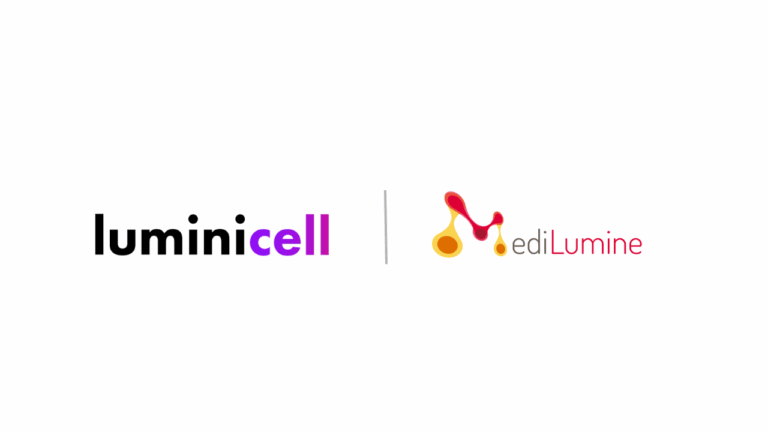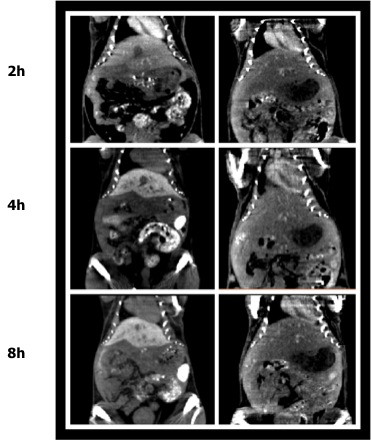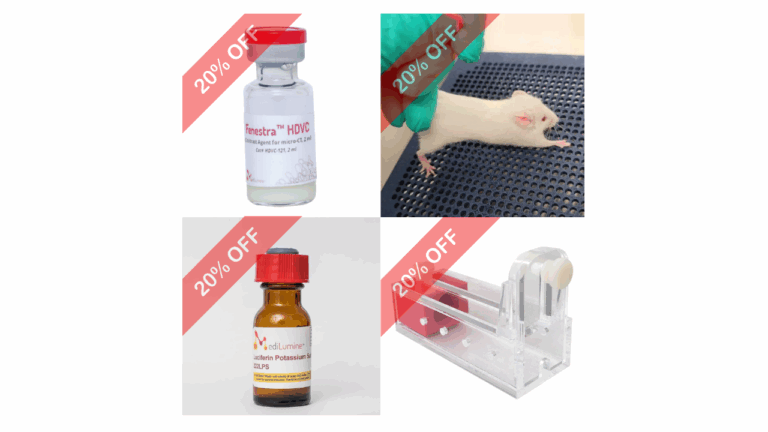
MediLumine Expands Imaging Reagent Portfolio Through Collaboration with Luminicell
MediLumine is pleased to announce a new distribution partnership with Luminicell, enabling researchers to access the Cellaris™ Cell Labelling Kit and Vascular Tracker™ Labelling Kit



